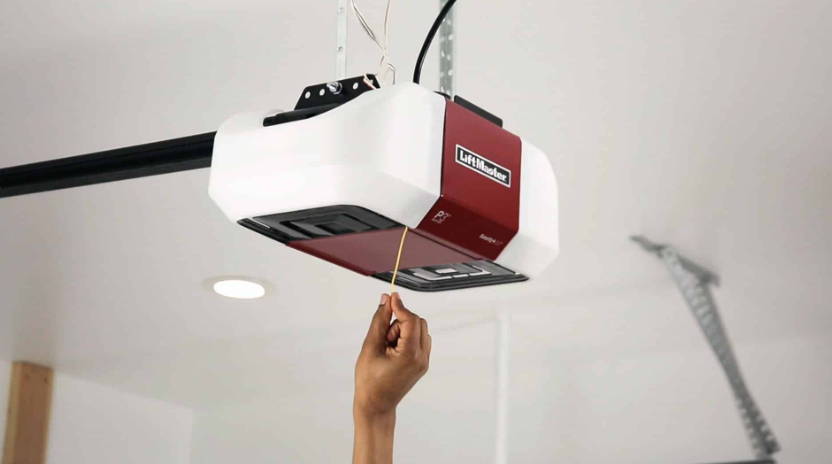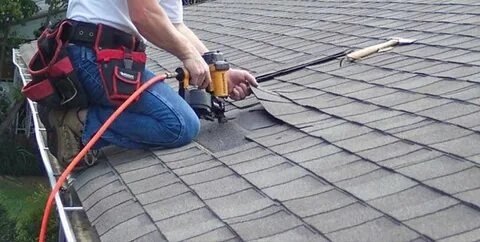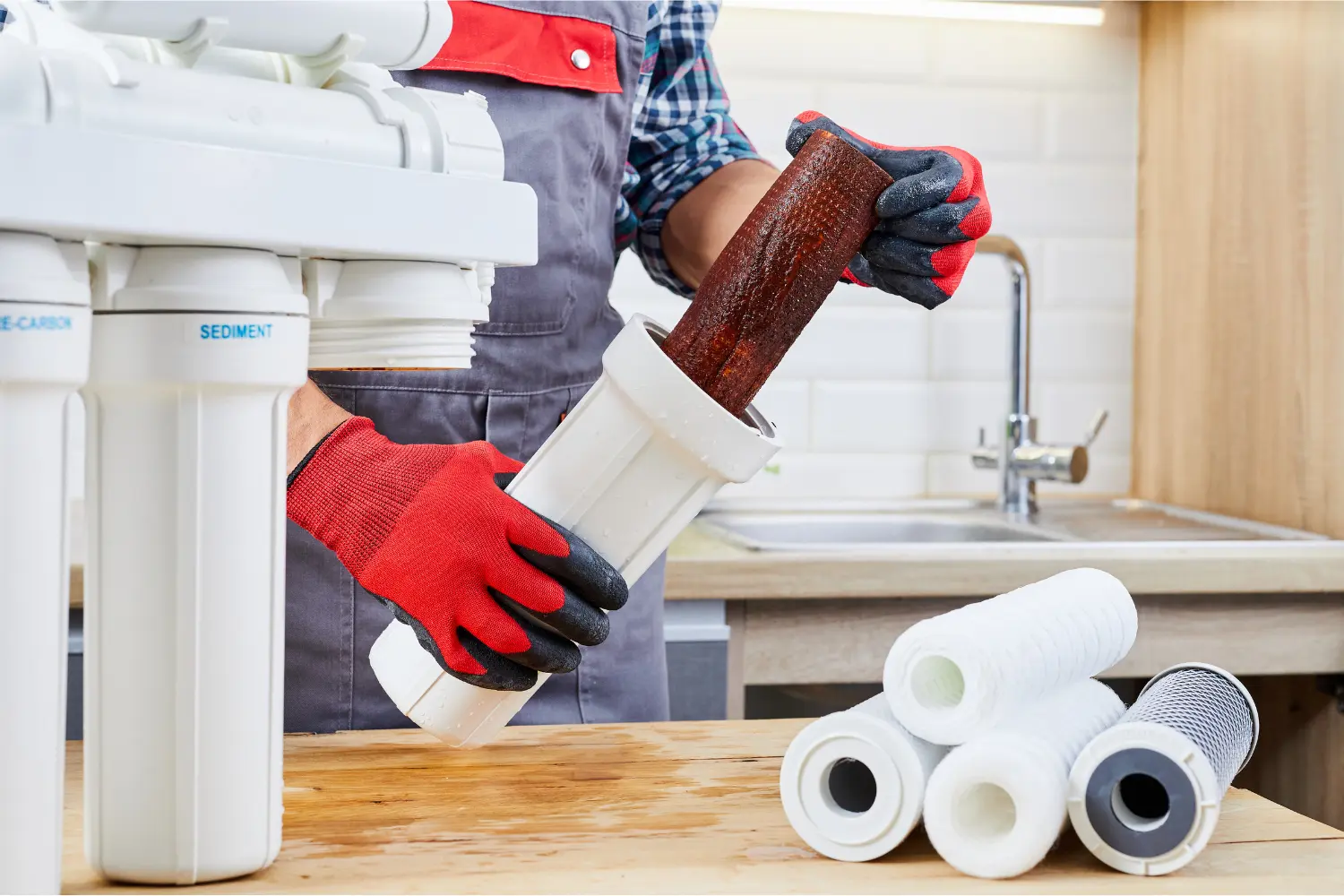Your LiftMaster gate system is a hardworking piece of equipment—whether it’s guarding a residential property, a commercial facility, or a gated community, it’s always on duty. It opens and closes for vehicles, keeps unwanted visitors out, and ensures smooth, automated access every day.
But here’s a question many homeowners and business owners ask: “How often should you service a LiftMaster gate system?”
Just like any other mechanical system, your LiftMaster gate requires routine service to keep working efficiently and safely. Neglecting maintenance could lead to inconvenient breakdowns, costly repairs, or even safety hazards. In this blog, we’ll walk you through the ideal maintenance schedule, warning signs to watch for, and how professional service—like that from Hotshot Gate Repairs—can make a big difference.
Why Regular Maintenance Matters for LiftMaster Gate Systems
Before diving into how often you should service your gate, let’s understand why it matters.
1. Safety
LiftMaster gates are built with safety in mind, but sensors, motors, and control boards can wear out or malfunction over time. Regular service ensures safety features like auto-reverse, photo eyes, and limit switches function properly.
2. Reliability
You don’t want your gate refusing to open when you’re late for work or letting unauthorized people in. Scheduled maintenance helps prevent unexpected breakdowns.
3. Longevity
A well-maintained gate system can last 15-20 years or longer. Skipping service shortens its lifespan dramatically.
4. Cost Savings
Fixing small issues before they become big problems is always cheaper than an emergency repair or full system replacement.
How Often Should You Service a LiftMaster Gate?
The frequency of servicing depends on how often your gate operates and under what conditions. But here’s a general guideline:
| Usage Type | Recommended Service Interval |
|---|---|
| Residential Use (Low Traffic) | Every 12 Months |
| Light Commercial (Medium Traffic) | Every 6–9 Months |
| High Traffic / Commercial / Industrial | Every 3–6 Months |
| Gated Communities / Apartments | Quarterly (4 times per year) |
Important Note: These are minimum recommendations. If your gate is exposed to harsh weather, dust, or high humidity, more frequent service may be necessary.
What’s Included in a Typical LiftMaster Gate Service?
A full inspection and tune-up by a professional like Hotshot Gate Repairs usually includes:
- Visual inspection of the gate arms, chains, hinges, rollers, and tracks
- Lubrication of moving parts like gears, chains, and bearings
- Testing the motor and control board for proper operation
- Inspecting safety sensors and reversing systems
- Checking and adjusting the limit switches
- Tightening hardware and checking for corrosion
- Clearing debris from around the track and gate path
- Testing the remote and keypad functions
- Verifying backup battery health
This comprehensive checklist ensures your system runs smoothly and safely.
Signs Your LiftMaster Gate Needs Immediate Service
Even if you’ve been diligent about regular maintenance, your gate system might still give you signs when something’s wrong. Don’t ignore these red flags:
1. Unusual Noises
Grinding, squeaking, or clunking sounds are signs of mechanical wear or misalignment.
2. Slow or Sluggish Operation
If the gate opens or closes slower than usual, it may be struggling due to motor strain, low battery, or mechanical issues.
3. Remote or Keypad Issues
If your remote or keypad is unresponsive or erratic, the issue could lie in the control board or sensor connections.
4. Gate Doesn’t Fully Open or Close
This could mean the limit switches are misaligned, or there’s a blockage in the path.
5. Gate Stopping Midway
Intermittent stops could mean sensor malfunctions, motor overloads, or wiring issues.
If you notice any of the above, contact a professional service provider like Hotshot Gate Repairs immediately to prevent further damage or security risks.
DIY Maintenance You Can Do Between Professional Services
While full servicing should be left to professionals, there are some simple maintenance tasks you can do yourself every few months:
1. Clean the Gate Tracks and Rollers
Remove leaves, rocks, and debris that might obstruct movement.
2. Check for Rust
Surface rust on metal parts should be cleaned and treated with a rust-preventive spray.
3. Test the Safety Sensors
Place an object in the gate’s path and check if the gate reverses direction. If it doesn’t, the sensors need calibration or replacement.
4. Watch the Gate Operate
Stand back and observe the gate in motion. Listen for odd noises, and note any hesitations or jerky movements.
These small steps go a long way in keeping your gate healthy between professional visits.
Why Hire Professionals Like Hotshot Gate Repairs?
While some homeowners may be tempted to handle everything themselves, gate systems are complex. Attempting DIY repairs without proper knowledge can void warranties, cause more damage, or even pose safety hazards.
Here’s what Hotshot Gate Repairs brings to the table:
- Certified Technicians with experience in LiftMaster gate systems
- Emergency Services for sudden breakdowns
- Maintenance Plans tailored for residential and commercial needs
- Genuine LiftMaster Parts for lasting repairs
- Customer Education to help you understand your system better
Whether you need routine service or a complete overhaul, working with pros ensures your gate stays reliable, secure, and up to code.
Ideal Maintenance Schedule (Annual Plan Example)
Here’s a sample yearly schedule that works well for residential users:
Spring (March–April):
- Full system inspection
- Lubrication
- Sensor alignment
- Battery check
Summer (June–July):
- Clean tracks and check for heat damage
- Test remote and keypad responsiveness
Fall (September–October):
- Pre-winter check
- Test battery backup for power outages
- Inspect for signs of rust or wear from rain/humidity
Winter (December–January):
- Inspect motor performance in cold temps
- Ensure no snow or ice is obstructing the gate
Commercial and gated community systems should perform a similar routine every 3 months.
What Happens If You Don’t Service Your Gate?
Neglecting your LiftMaster gate system can lead to:
- Breakdowns at the worst times (e.g., during storms or busy traffic hours)
- Expensive emergency repairs due to motor burnout or snapped chains
- Compromised safety and security
- Voided warranties
- Reduced lifespan of your system
In the end, the cost of routine maintenance is minimal compared to the hassle and expense of major failures.
Final Thoughts
To keep your LiftMaster gate system running like new, routine servicing isn’t optional—it’s essential. Think of it as a small investment that protects your security, convenience, and wallet in the long run.
Whether you use your gate a few times a day or it cycles hundreds of times in a week, a proper maintenance schedule will:
- Prevent costly breakdowns
- Extend your gate’s lifespan
- Keep your property safe
- Ensure smooth, quiet operation
And if you ever need help, don’t hesitate to call in the pros at Hotshot Gate Repairs. Their team of trained technicians will make sure your gate performs flawlessly all year round.
FAQs
1. Can I service a LiftMaster gate system myself?
You can perform light maintenance such as cleaning, checking sensors, and observing performance. However, professional service is recommended at least once a year to ensure all electrical and mechanical components are properly inspected and maintained.
2. What’s the average lifespan of a LiftMaster gate system?
With proper maintenance, a LiftMaster gate system can last 15 to 20 years. Lack of maintenance, weather exposure, and high traffic can shorten its lifespan.
3. How much does it cost to service a LiftMaster gate?
Routine service costs vary based on your location, system type, and service provider. On average, residential servicing can range from $100–$300, while commercial systems may cost more. Hotshot Gate Repairs offers tailored service packages to meet both residential and commercial needs affordably.












Leave a Reply